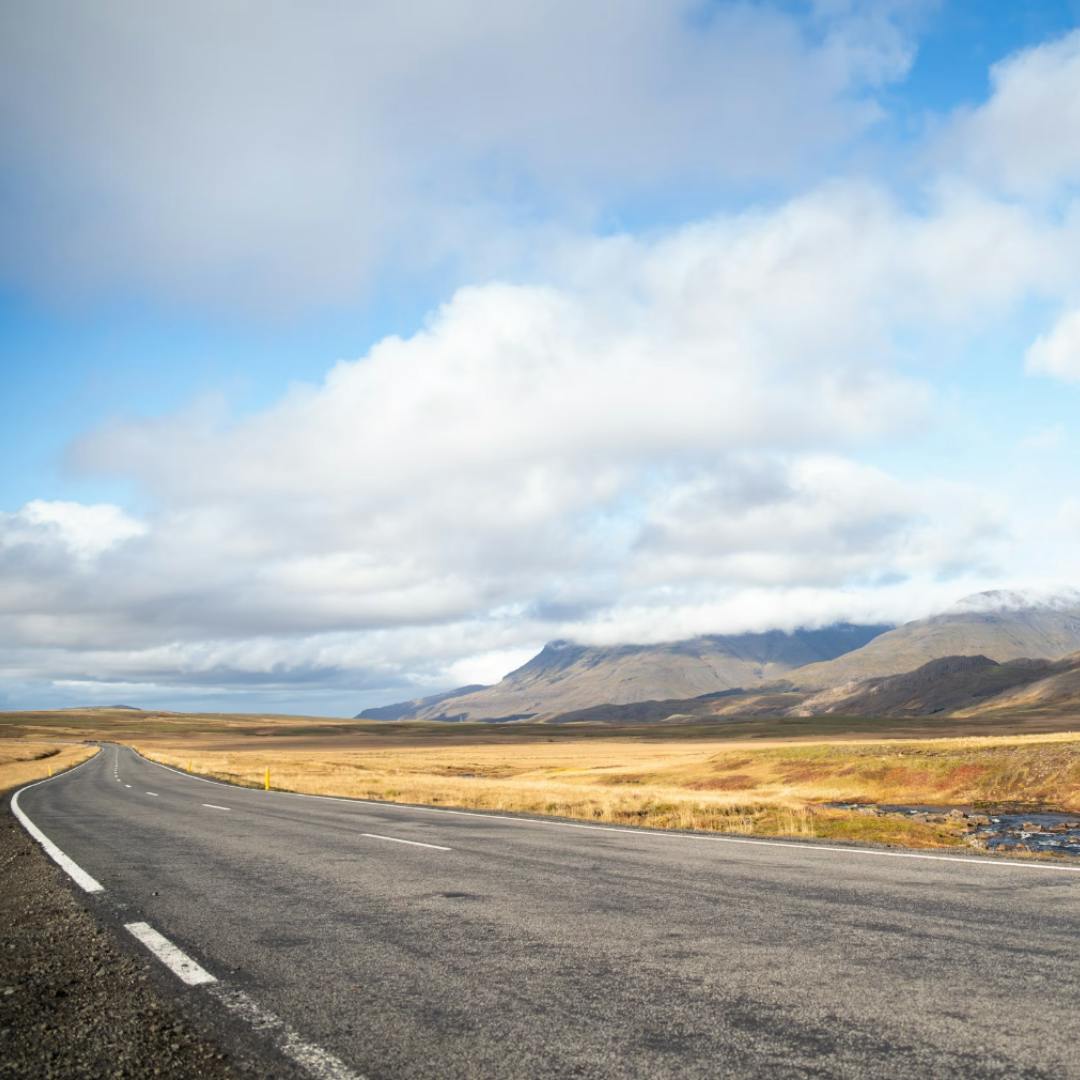Our Hotels
Keahotels is one of the largest hotel chains in Iceland operating ten hotels. Together the hotels provide over 800 rooms and service travelers, local and foreign, all year round.

Reykjavík — Capital
Vík — South Iceland
Akureyri — North Iceland
Siglufjörður — North Iceland
Grímsnes — South Iceland
What to keep in mind when driving in Iceland
Ready, set, go! Driving in Iceland
Hi, there!
Driving in Iceland can be a uniquely exhilarating experience, offering stunning views of rugged landscapes, volcanic terrain, and sweeping coastlines. However, it's important to be aware of specific challenges and regulations that come with driving in this beautiful but often unpredictable environment. Here are some key things to keep in mind when driving in beautiful Iceland.

The Weather
First things first … the weather. Iceland’s weather can change in the blink of an eye. One minute it’s sunshine and daisies and the other … rain, fog or even snow! You can also expect strong winds, especially in open areas or near the coastline. Be cautious when opening car doors, as gusts of wind can damage doors or even injure you.
A word to the wise, be sure to check the weather forecast (vedur.is) before setting out on an adventure, especially in the highlands or during winter months, and be prepared for sudden changes in the weather.
Driving in Iceland during the winter can indeed be challenging due to the snow, the ice and oh, yes … the limited daylight hours. The road can be slippery, and some routes may be closed so always check road conditions before setting out in the wintertime and make sure you have winter tires, they are recommended from November to April.

The Road
Iceland’s famous Ring Road (Þjóðvegur 1 or Route 1) is paved and well-maintained, like most of Iceland’s main roads … however, many rural roads are gravel and can get a bit challenging to navigate because they are narrow with sharp turns and loose stones. Remember to slow down when you are transitioning from the asphalt to the gravel and always be cautious of oncoming traffic, especially on single-lane bridges which are quite common in Iceland. The vehicle closer to the bridge has the right of way.
Now, let’s talk about speed. The speed limit in urban areas is usually 30-50 km/h (18-31 mph), on the gravel roads in rural areas it’s 70-80 km/h (43-50 mph), and on paved rural roads, like Route 1, it’s 90 km/h (56 mph). Speeding will buy you a hefty fine so following these speed limits is crucial for everybody’s safety and your wallet so keep a look-out for speed signs so you know which speed limit to follow.

Sheep on the roads? Yes, we have sheep and a whole lot of them. They can appear suddenly, often with little warning, and may not even move when a vehicle approaches, super chill, we know. Remember to slow down if you see a sheep near the road and be prepared to stop if you must. Oh, we also have reindeers, particularly in the Eastfjords so if you are visiting the east keep the reindeers in mind too, will you?
Short on gas? Low on charging? Fuel and charging stations can be a rare sight in remote areas, especially in the highlands. We advise you to fill up your tank or battery whenever you have the chance, especially if you are venturing into the less populated areas outside of the Ring Road.
Finally, remember that off-road driving is a big no-no. Our landscapes are delicate and driving off-road can damage the fragile moss and we love our moss. It’s also illegal, carrying hefty fines so don’t be a lawbreaker but be conscious of Iceland’s beautiful environment and avoid disturbing its natural landmarks.

So, by keeping these points in mind, you can enjoy a safe and memorable driving experience in Iceland. The country’s dramatic landscapes and unique roadways offer an adventure at every turn, but preparation and caution are key to navigating them successfully.
Keep your seatbelt and headlights on at all times and enjoy the drive fellow traveller!
